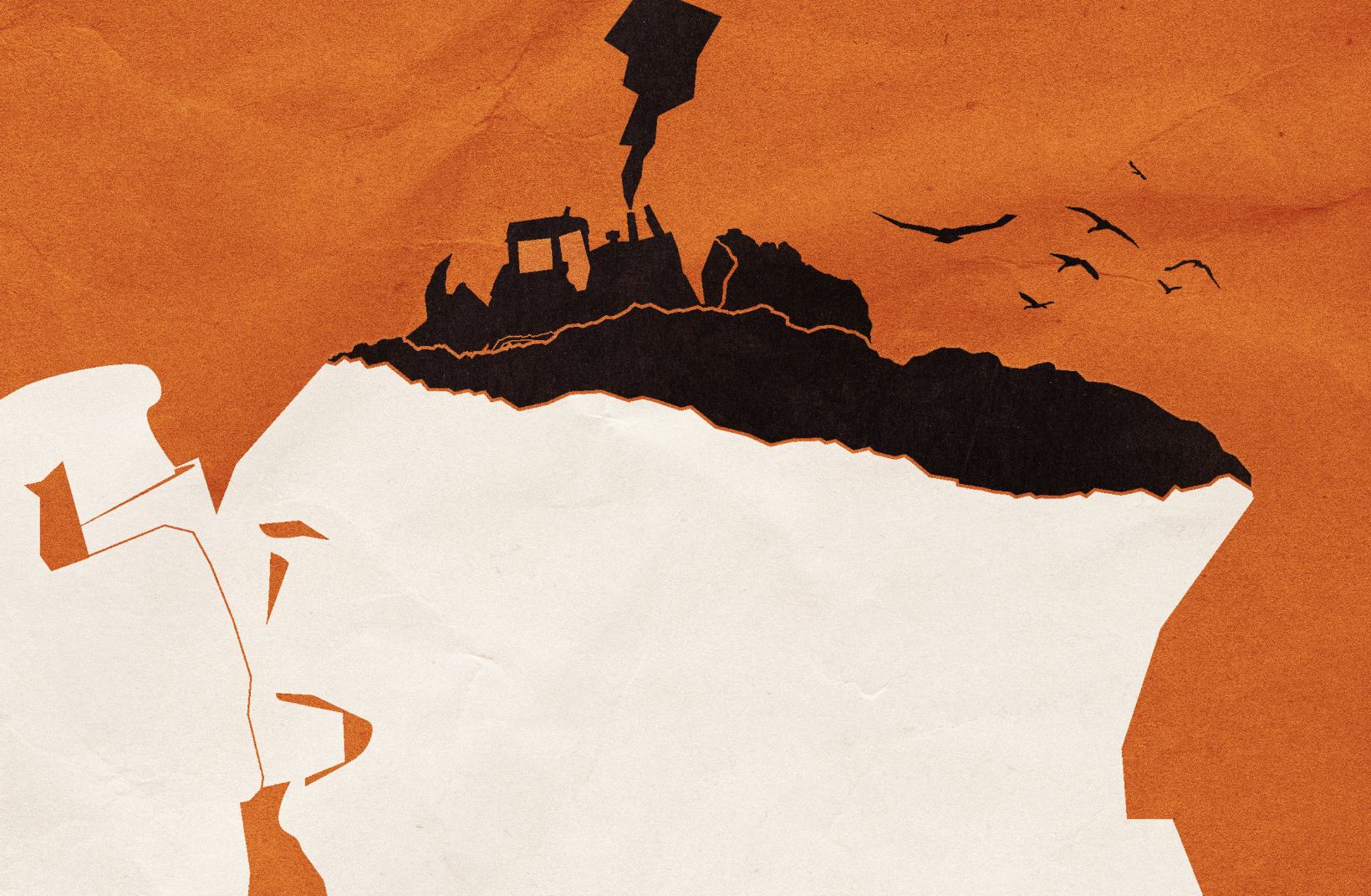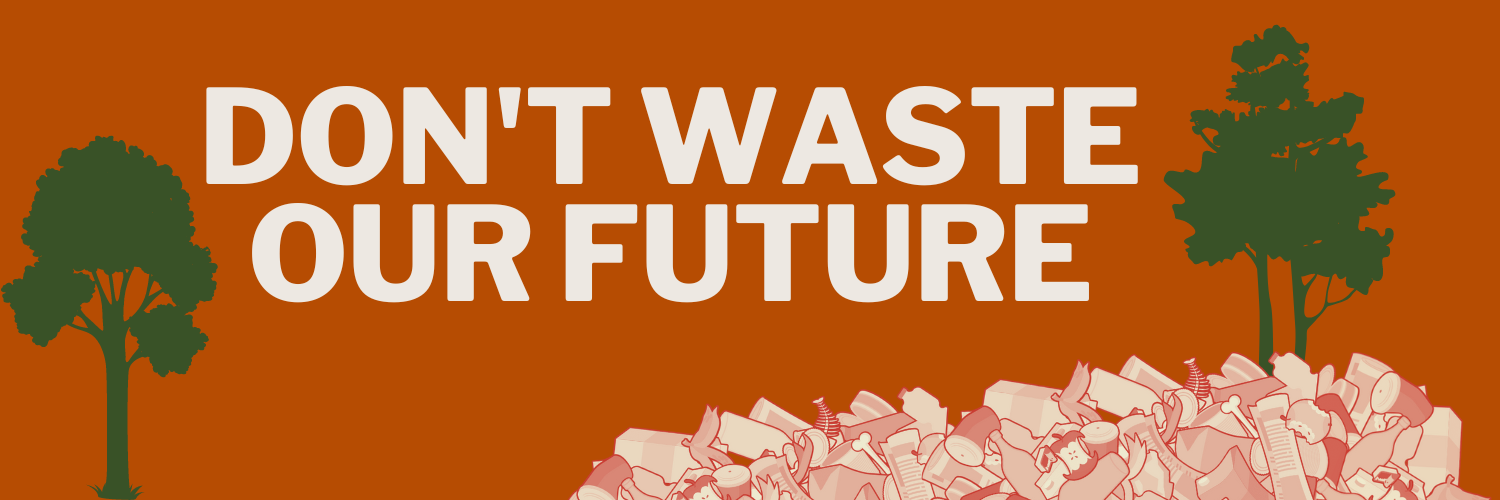
Buried consequences:
the chiquita canyon story
watch the film
For years, those living near the notoriously harmful Chiquita Canyon Landfill in Southern California have suffered severe health and quality-of-life impacts, with little action from policymakers to hold the landfill accountable.
While the landfill recently announced that it will no longer accept new waste as of January 2025 — a major milestone victory for community organizers — simply closing a landfill doesn’t put an end to toxic emissions. There’s still a long road ahead for residents to get justice, and for the landfill to face true accountability. First and foremost, Los Angeles County must declare a state of emergency now.
Beyond mitigating the urgent situation at Chiquita Canyon, California’s Air Resources Board (CARB) must ensure that history doesn’t repeat itself at one of California’s other 300 landfills. CARB is currently considering updates to state standards for how landfill operators control for air emissions, and it’s vital that updated regulations are strong, comprehensive, and backed by science and research. Unfortunately, CARB’s proposed solutions don’t yet rise to the occasion — and they need to hear from you that bold action to slash landfill pollution is a top priority for our climate and public health.
Landfill pollution impacts all of us — especially those with low household incomes or who identify as Black, Indigenous, or a Person of Color (BIPOC).
Of California’s highest-emitting landfills (those with estimated methane emissions higher than 500,000 tons of carbon dioxide equivalent of methane):
90% are in communities with larger BIPOC populations than the national average
70% are in communities where more than half the residents are BIPOC
Explore the interactive maps below to learn more about how emissions from landfills are harming Californians right now.
Environmental Justice (EJ) statistics for California derived from CalEnviroScreen 4.0, with data accessed April 2024. Landfill geographic points are based on data from the Greenhouse Gas Reporting Program (GHGRP) 2022 and the Landfill Methane Outreach Program (LMOP) dataset.

